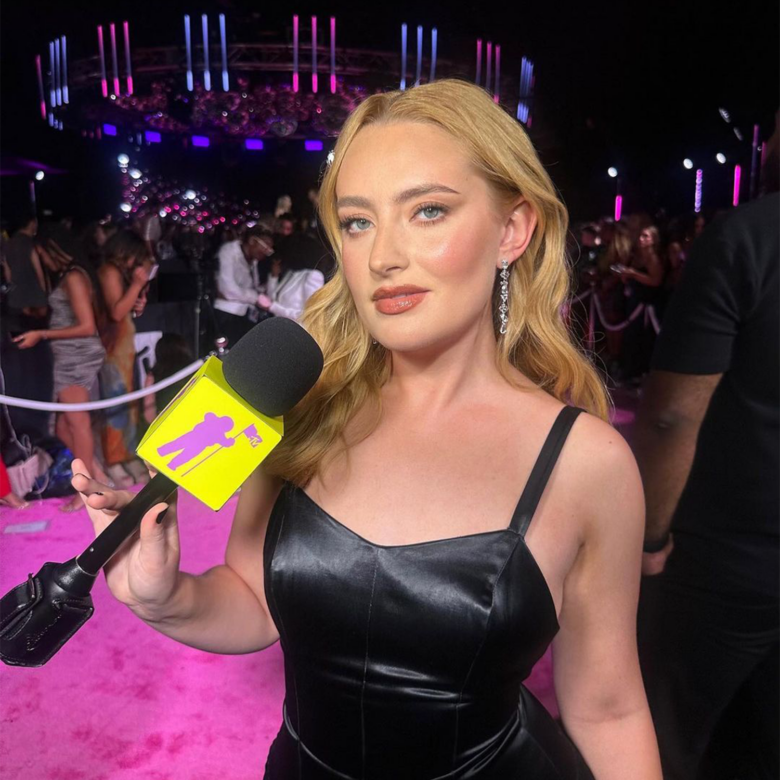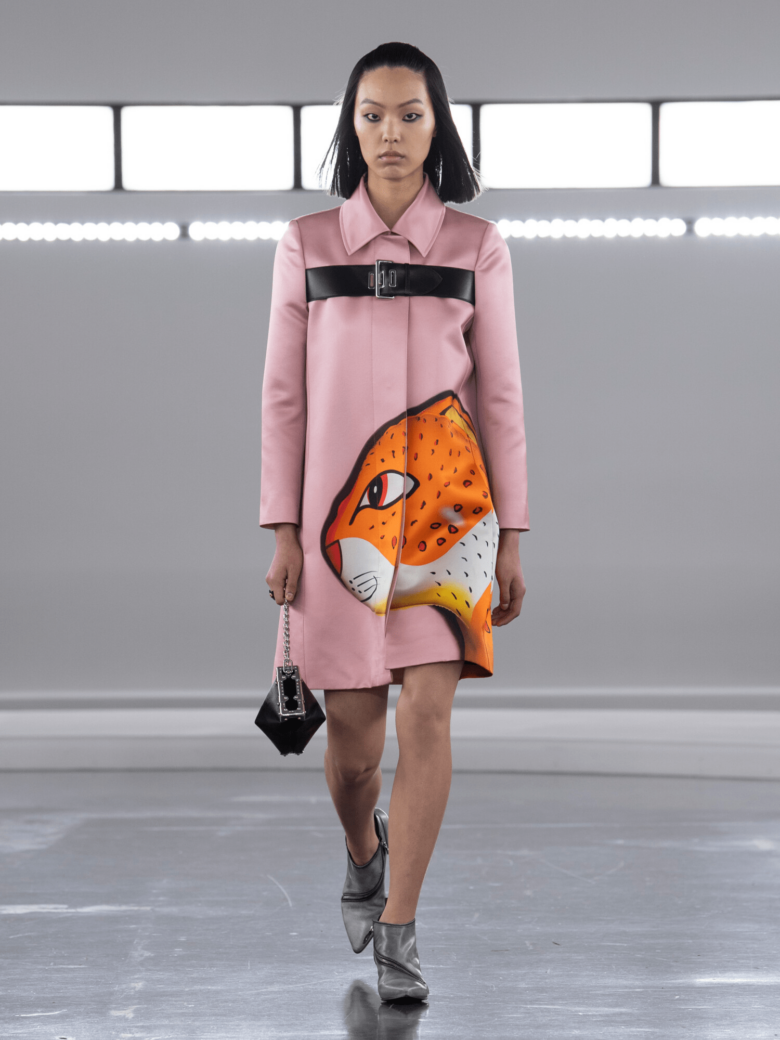Bored of the same ol’ #ad-filled makeup tutorial filling your feed? Run by beauty journalist Shannon Peter and spiritual guide and beauty expert, Giselle La Pompe-Moore, @paintedwomen is a new thought-provoking Instagram account exploring the multi-billion $445 billion dollar beauty industry through an intersectional, critical and historical lens. HUNGER caught up with Shannon to talk 2k19 consumerism, changing cultural perceptions and blocking out the noise of the new.
What is the main aim of @paintedwomen and what sets it apart from other beauty Instagrams?
Painted Women was borne from our shared love of beauty culture. We’ve always been fascinated by how beauty trends, rituals and movements intersect with or are reflective of movements in society, politics, and things happening in wider culture, which isn’t often covered on traditional beauty Instagram accounts. There’s also so much noise in the industry, with new content, new products, new names being made every single day, but we wanted to take a step back and look at what has already been in beauty, rather than adding to the piles and piles of newness. And we’re also really keen to shine a light on the women whose contributions to beauty culture have so far been neglected, which in part, inspired the name Painted Women. We’re pretty certain there’s an appetite for this kind of beauty information, and so that’s why we started the Instagram feed.
Basically, we believe that beauty is worthy of the same cultural and academic critique afforded to areas such as fashion and music and so our goal is for beauty to be considered as a subject worthy of research and analysis in its own right. That’s why we use our platform to unpick the social and cultural weight of beauty history, but also give an anthropological spin to current beauty trends and movements.
What has been some of your most interesting discoveries so far?
Environmental statistics never fail to shock us. For example, it’s estimated that 98% of kirby grips end up in landfill, whether they’re broken or not. More positively, our research has uncovered so many incredible female innovators and tastemakers throughout beauty history, when so often the people that receive the airtime are the male contributors. To change that, or give these women a platform, is one of our biggest missions, which we’re working hard on this year. We’re also constantly fascinated to hear stories about how beauty has had a profound yet inadvertent impact on people outside of the industry, and interesting pieces of beauty trivia, like did you know jazz musician Louis Armstrong created his own branded lip balm?
Five books you’d recommend to HUNGER readers that explore the multi-faceted nature of beauty culture?
Giselle has the most incredible collection of vintage beauty books, and Shannon loves titles that look at beauty culture through an anthropological lens. But for anyone looking to start their research into beauty culture, we’d suggest the following:
Entanglement: The Secret Lives of Hair which follows anthropologist Emma Tarlo fascinating and crazily in-depth research into the global hair trade throughout history, covering topics like Jewish Women’s wigs, the harvesting and collecting of human hair in Asia and art forms like hair embroidery.
Clean: A History of Personal Hygiene and Purity by Virginia Smith charts the changing attitudes around purity and hygiene across religions and cultures around the world.
The Beauty Myth by Naomi Wolf is standard first reading for anyone interested in beauty culture, and is one of the most dogeared books on both of our bookshelves.
Beauty Culture by H. Ellen Browning is like 1898’s answer to Into the Gloss. It offered women of the time tonnes of beauty advice.
Perfume: A Century of Scents by Lizzie Ostrom takes you on a journey of the most defining scents and olfactive trends, demonstrating how they’ve shaped the way we consume fragrance today.
What alternative beauty Instagrams do you love to follow?
Where do we start?! Anything and everything @thehairhistorian posts is fascinating, and founder Rachael does a great job of unpicking the motives and techniques behind curious hair trends of the past. We also love @infringemagazine for its coverage of contemporary artists using hair as their medium. They don’t solely post about beauty, but @southasia.art gives great insight into the inner working of the culture in this part of the world.
Has there been progress made to challenge standardized notions of beauty today?
Some progress is definitely being made. Social media has placed greater power in the consumer’s hands, and now brands, magazines and individuals are held to account on their missteps through instantaneous conversation on public forums. However, the problems of the beauty industry run deeper than restricted foundation shades. Rather than being simply wheeled out to front campaigns, we need more underrepresented minorities working behind the scenes of the industry, controlling the mechanics and changing processes from the ground up.
Looking ahead – what does the future of beauty look like to you?
In the future, beauty will be treated with greater cultural importance, rather than being written off as frivolous as it all too often is now. We also believe that the conversations around sustainability will have a bigger impact on beauty than simply recycled packaging or non-toxic ingredients. Consumers are tiring of all the noise in this overpopulated industry, and so brands will soon realise that it’s no longer good enough — or ethically sound — to simply launch a new product for the sake of it. New launches need to fulfil an otherwise ignored need, or tell an important story.
What does the future hold for @paintedwomen?
We’ll definitely be investing lots more time and energy into Painted Women this year. Beauty culture is all about gathering people together and sharing rituals and advice, so we want to build an offline community and outlet, and will be launching a Painted Women lecture series later this year. Watch this space.
Finally, finish this sentence – beauty is…
…more than just products, rituals and trends, it’s an intrinsic part of global culture worthy of recognition.
Hit follow: @paintedwomen.

